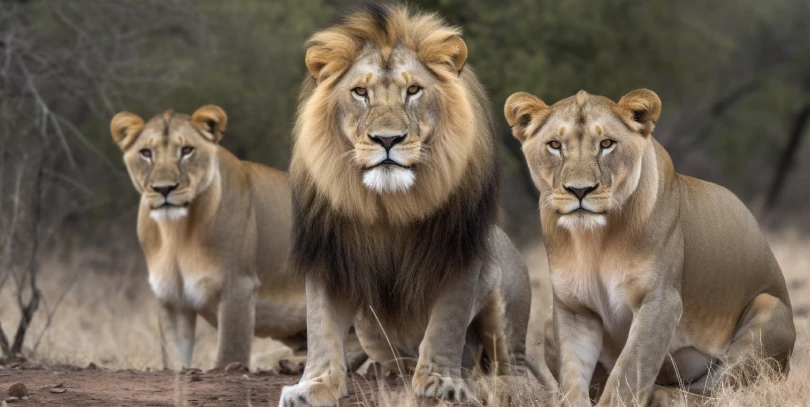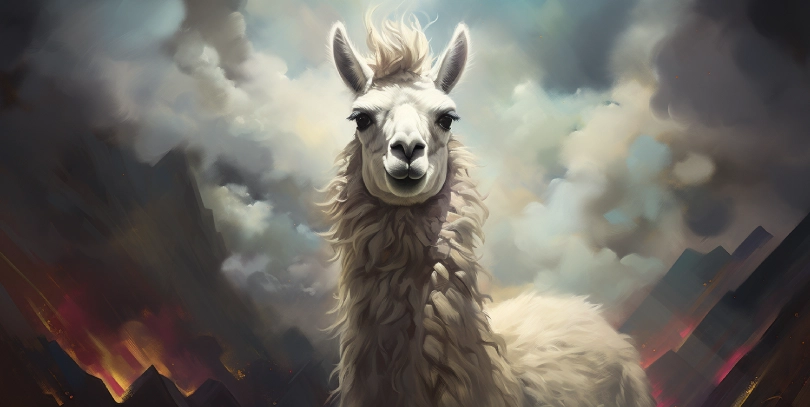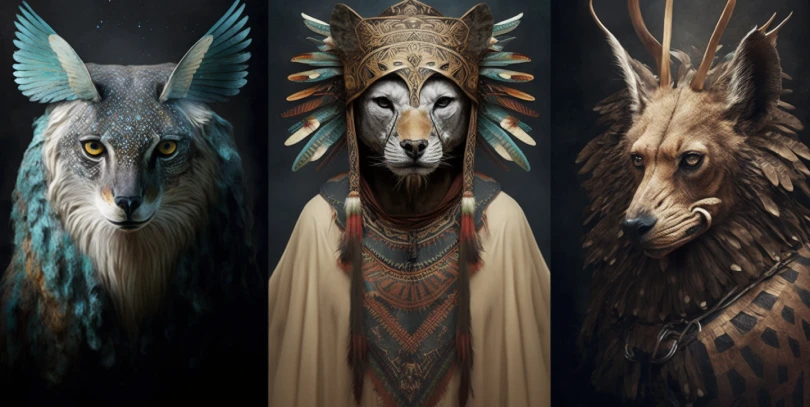Lions are majestic creatures that have captivated humans for centuries. These magnificent big cats are known for their strength, power, and beauty. In this article, we will explore 25 fascinating facts about lions that will truly leave you in awe. From their hunting habits to their social behavior, you’ll gain a deeper understanding of these incredible animals.
- The lion belongs to the Panthera genus, which also includes the jaguar, tiger, and leopard.
- Lions appeared approximately 1 million years ago in Africa.
- The weight of adult lions ranges from 150 to 250 kg for males and 120 to 182 kg for females. The body length of a lion, including the head, reaches 170 to 250 cm for males and 140 to 175 cm for females.
- Lions have 8-centimeter-long canines.
- The mane visually increases the size of a lion. It is necessary for intimidating other males and attracting females.
- The mane of male lions grows from birth until death. The color of the mane is yellow, and it becomes darker with age.
- The darker the lion’s mane, the greater its reproductive capacity. However, dark-maned lions tolerate heat worse.
- Lions most commonly live in prides, which consist of one male and several females with their cubs. There are also coalitions where two males live together. The last type is nomadic lions that can change prides or fail to establish their own.
- In prides, lionesses primarily do the hunting as they are smaller in size, faster, and more agile than lions. Males find it more challenging to hunt due to their mane, which leads to overheating during physical exertion.
- White lions are not a separate subspecies but rather a polymorphism with a genetic condition called leucism, which causes a lighter coloration of the fur compared to regular lions.
- Lions spend about 20 hours a day resting. They allocate approximately 2 hours for hunting, and the remaining time is spent consuming their prey.
- While lions are typically considered large and powerful predators, they are not as fast as cheetahs. They can reach speeds of up to 50 km/h for short distances but cannot sustain high speeds for extended periods due to their relatively small heart size.
- While defending their territory, lions fight each other to the death of one of the opponents.
- Lions can pose a threat to humans only if they are injured, sick, or starving and not part of a pride.
- Lions can mate with other species within the Panthera genus. A lion male + tiger female produces a liger. A tiger male + lioness produces a tigon. A leopard + lion is called a leopon. A jaguar + lion is referred to as a jagulev.
- The spots at the base of a lion’s whiskers form a pattern unique to each individual.
- An adult lion consumes about 7 kg of meat per day, while a lioness consumes 5 kg.
- Shortly before giving birth, a lioness leaves the pride and hides. She returns to the pride with her cubs after 6-8 weeks.
- Lion cubs are born blind, and their eyes open only after 7 days of birth.
- When encountering cheetahs, lions always attack them. While adult cheetahs can escape successfully, their cubs suffer the most.
- Lions once inhabited all of Europe, Africa, and North America, but today they are primarily found in Africa, from the southern edge of the Sahara Desert to the northern part of South Africa. They are also present in India, in a mixture of dry savannah and bushland.
- During rest, lions communicate through head rubbing and licking. These gestures serve as greetings and expressions of pleasure, used to establish contact with other individuals. They are also expressed through various facial expressions, postures, and sounds, including purring, growling, and roaring, which can be heard up to 8 km away.
- Lions are symbols of strength, courage, and royal authority in many cultures. Their images are used in heraldry, flags, coats of arms, and national symbols of some countries.
- In African folklore, lions symbolize divine power, authority, and pride. In heraldry, lions represent royal dignity. In Southeast Asian countries like China and Japan, there is a mythologized image of the Chinese lion, symbolizing power and success. Lions are also associated with Buddhist temples and Shinto shrines. The Indian emblem includes the depiction of a lion capital in Sarnath.
- Lions are under threat of extinction due to the loss of their natural habitat, poaching, and conflicts with humans. They are listed as a vulnerable species in the International Red List.
Sources:






